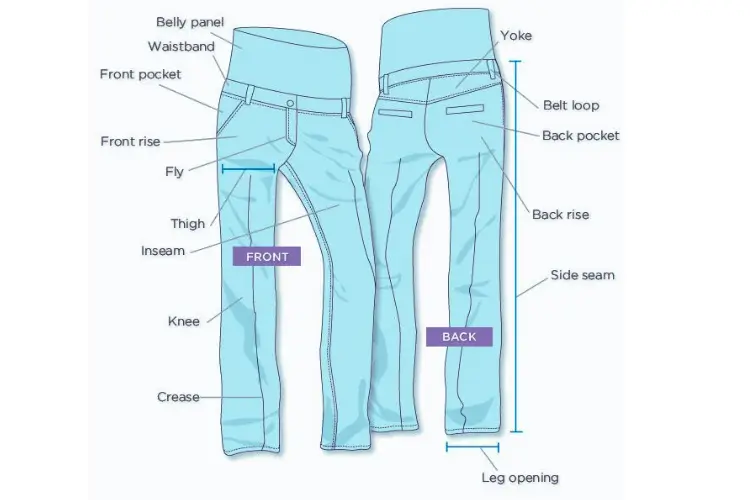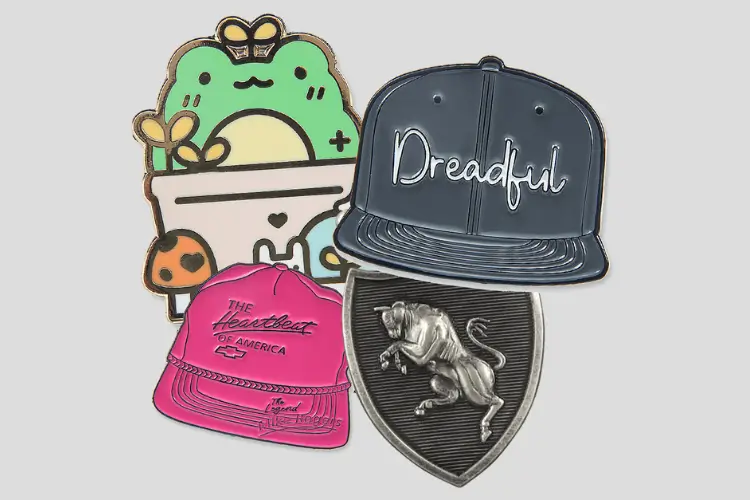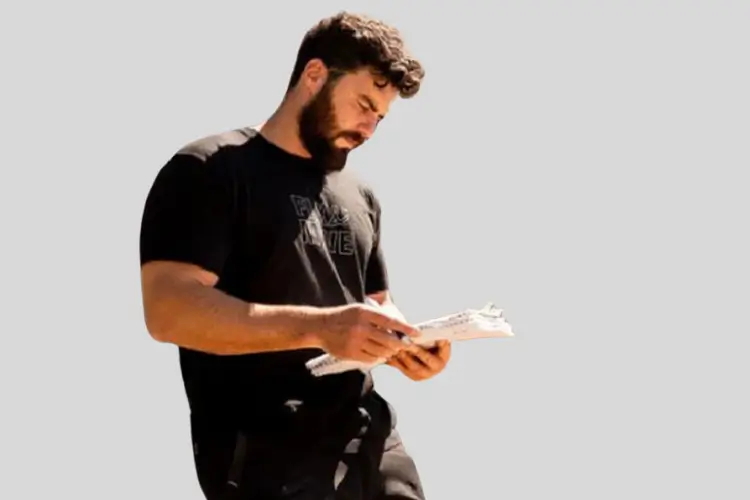Are you interested in fashion designing, tailoring or just want more knowledge of different parts of pant then you are in the right place. You know that each component of pant from the waistband to the hem, plays a critical role in the garment’s fit, function and style. Formal pants have several components that contribute to their structure and fit. Here are the 14 different parts of pants:
Different Parts of Formal Pant
Waistband
Different people having different waist sizes and they need perfect desired sizes for themselves, so you can understand its importance. Waistband is the topmost part of a pant encircling the wearer’s waist, giving the outfit shape and security. It is typically made from fabric similar to that of the pants and strengthened by interfacing. Sometimes there might be a softer inner lining for added comfort. The waistband gives pants a more refined look, helps them fit well and keep their shape. Usually, it contains belt loops where belts can be held in place, various closure methods like hooks, buttons and bars and on rare occasions an extended or adjustable tab can be provided to achieve better fitting.
Belt Loops
Little pieces of cloth attached at regular intervals round the waists of formal pants are called belt loops. They serve as holders for belts which ensure proper positioning of pants around one’s waists hence preventing falling off. Between five to seven loops are usually found in relation to the cut of the pants. Seamlessly designed, they are made of similar material as pants. Belt loops also contribute towards improving how well pants fit at large apart from just being functional objects.
Fly
Flies correspond to the front opening of regular pants and are typically concealed by a placket. They usually have a zip for ease of use, while some have buttons instead. A fly typically closes at its top with a button or hook and bar—this keeps waistband in position. The primary function of flies is to allow for easy wearing and taking off of slacks without losing their slick, sleek look.
Buttons
Formal pants feature buttons as fasteners mostly positioned on the waistline, sometimes even at rear pockets. Such enhance both the waist band and the fly so that one’s pants stay where they should be. These back pocket buttons also add security making them look elegant. Buttons are also important regarding functionality because they contribute to overall appearance and feel.
Pockets
Front pockets and back pockets are found in formal pants used for two different purposes which are functional and aesthetic respectively. These improve the utility as well as style of these pants thereby influencing their overall design composition.
Front Pockets
Formal pants usually have front slant or vertical pockets that are not only easy to reach but also transport small objects. The desire for functionality is the reason why there must be a place to put cell phones, car keys and cash. By maintaining the sleekness and smoothness of these pants, the style of their front pockets enhances their overall fit and look.
Back Pockets
Formal pants often have welted or flared back pockets which frequently have security buttons as well. They add to the usability of these pants in that you can hold small things yet appear tidy and organized. Back pocket design contributes to sophistication and beauty for formal pants.
Pleats
Pleats are sewn folds of fabric in formal pants around the waistband, mostly at the front. Free space exists within them for comfortability hence facilitating easier motions with proper fits too. Classic pleats are single or double ones that add elegance to pants thus enhancing their general appearance as well as sophistication. In European styles, Folds directly towards the center is known as Forward Pleats whereas we call it Reverse Pleats when Folds directly towards the pockets occur in American & British designs.
Crotch
Formal pants have the crotch where the legs come together underneath the fly serving to accommodate movements and provide comfortable fitting. This is important for ensuring overall comfort of the pants and allowing for easy movement while retaining its shape.
Seat
The area covering one’s buttocks in formal pants above the crotch is generally referred to as seat. These pants are supposed to fit perfectly into the wearer’s body thus making them appear as if they were flowing naturally. Construction of a seat is important for proper fit and lasting of any pair of formal pants.
Inseam
The inseam in formal pants stretches from the crotch area all the way down to bottom leg, determining inner leg length. It helps ensure that there is a good fit and that a pant is comfortable, with its measurement being an essential part when tailoring it to correct size.
Outseam
Outseam refers to seams that run from top waistband up to hemming on edge side of formal pants leg only. It determines how long or short your pants will be hence it must meet sizes right beside having clean, polished appearance at all times.
Hems
In formal pants, such as evening trousers, there are trouser bottoms called lower margins or hems of the pants. They help in identification of extra length that may be required in the pants and can be left unhemmed and if this is the case, they can be hem in plain hem or a cuffed hem. Some of the benefits of tailored hems include this; it enables one to have pants fitting over shoes properly, as well as proper hems which are in in a proper appearance.
Creases
Blazer pants contain a number of well-defined lines that are ironed at the front part of as well as back part of the legs, usually recognized as crease. It provides the pants a neat appearance finish it offers the complete glimmer rather what they provide I assume. They also contribute largely to the production of the overall finish of smoothness which in return enhances the business looks of a given surface.
Rise
The expansion or the increase in the spread of the pants is the horizontal measurements from the crotch to the upper part of the waist band. One impacts the garment space as well as placing of the pants above the belly button alongside the experience of ease in the abdominal area. The pants and to a great extent the overall outlook are dictated by the term Rise and there are high rise, mid rise or low rise of pants. Pants are mainly worn formal, and thus, it would be normal to wear them when tucked with shirts or when complemented by blazers. Mid-waist pants are quite versatile to complement any form of dressing systematically, for formal, businessmen and business casual pants Low-waist pants are mostly associated with casual wear, trendy wear.
Lining
Another related aspect that needs a brief explanation is that the inside surface of a formal pants especially at the front and near the knee part is termed lining. Therefore, we increase conformity or reduce contact that would lead to friction and wear. Although in contrast with a full facing which is common in less casual trousers providing comfort rather than increasing the width from the entire length of the pants. As for lining, there are two various types: for example, Full lining and Half lining. Lining is quite helpful in ensuring that the pants retain the shapely look that it was designed to give instead of setting in over a relatively short time as well as to augment the tailored look for the pants.
In conclusion, by understanding these parts, you can ensure that your pants meet your style preferences and comfort needs, ultimately enhancing your overall wardrobe and personal appearance.




